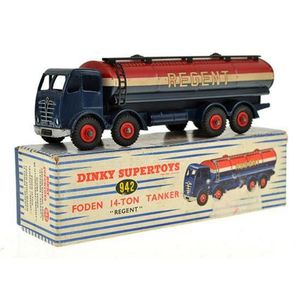Mahogany Corner Cabinet with Satinwood Inlays
You must be a subscriber, and be logged in to view price and dealer details.
Subscribe Now to view actual auction price for this item
When you subscribe, you have the option of setting the currency in which to display prices to $Au, $US, $NZ or Stg.
- Satinwood - Satinwood is a dense pale gold coloured timber that was imported into Britain in the second half of the 18th century, and early 19th centuries from the East Indies and the West Indies. The name derives from the satin-like surface sheen when the timber is polished.
It was used in the solid, as a veneer and in inlays. As well as furniture, satinwood was used for making musical instruments, barometers, boxes and clocks.
It will usually be found on only the very best quality objects, presumably because of of its cost at the time. - Mahogany - Mahogany is a dense, close grained red-coloured timber from the West Indies and Central America. It was first imported into Europe in the the early 18th century and its use continued through the 19th century. It was popular for furniture making because of its strength, the wide boards available, the distinctive grain on some boards, termed flame mahogany and the rich warm colour of the timber when it was polished.. The "flame" was produced where a limb grew out from the trunk of the tree, and this timber was usually sliced into veneers for feature panels on doors, backs and cornices.
Some terms used to describe mahogany relate to the country from which it originally came, such as "Cuban" mahogany, "Honduras" mahogany etc. However unless the wood has been tested the names assigned are more a selling feature, rather than a true indication of the timber's origin. - Thomas Sheraton - Thomas Sheraton (1751-1806) was born in Stockton on Tees in the north of England. He was apprenticed to a local cabinetmaker and after working as a cabinetmaker, Sheraton moved to London about 1790. Although he described himself as a cabinet-maker, like Chippendale, no definite piece of furniture can be traced to him as maker. Nevertheless, he was immensely influential and in 1791-4 published his four volume book 'The Cabinet-Maker and Upholsterer's Drawing Book'. The books were used as source of design by the furniture-making trade , who often simplified or modified the designs to suit their own preferences. Sheraton furniture is marked by restraint and sophistication, elegance and discretion, though he also found time to invent fanciful combination furniture.
This item has been included into following indexes:
-
corner cabinets, free standing
- mahogany 94
- Sheraton Revival 12
Visually similar items

A white jade group of ducks and lotus carved in pierced relief with three ducks standing on a rocky ledge beside lotus, one holding the stem of a lotus pod in its beak, the other two holding part of a leafy stem, the stone of pale even tone with slight opa

Yvonne Rust, garden lantern tenmoku over ash glaze, with multiple apertures and coloured glass inserts. Height 58 cm. Provenance: from the collection of Ruth Butterworth

An antique Victorian ruby and diamond five stone ring, carved half hoop style, comprising three circular cut rubies and two old brilliant cut diamonds. Ruby weight: 1.20cts. Diamond weight: 0.84cts. 18 carat yellow gold carved scroll mount. Ring size M. Bo

Dinky 942 Foden 14-ton tanker 'Regent', 2nd type cab, dark blue chassis, red, white and blue tank (VG - E box G - VG)
